One of the biggest changes made to the professional League circuit last offseason was a new draft phase in which the two teams would combine to ban 10 champions.
Riot’s goal with this change was to improve champion diversity and force teams to try new and inventive compositions. According to the official press release, 10 bans should “encourage deeper champion pools with more individual champions seeing the Rift.” After nearly a full split completed, how have the results turned out?
Ostensibly, there hasn’t really been an impact.
The results vary tremendously by region, but overall, champion diversity hasn’t improved all that much under the 10-ban system. When we last looked at the meta several weeks ago, we were hopeful that the total amount of unique champions contested would surpass numbers from 2016. That hasn’t happened.

Champion diversity is highest in LCS regions, where teams like Unicorns of Love and FlyQuest continue to push the envelope. It’s safe to say nobody else has tried to recreate FlyQuest’s bot lane duo of Mordekaiser with a tank support. But even picks like Zac and Kassadin are nowhere to be seen in Korea. It looks like the Asian teams are much more comfortable in a stable meta where skill—rather than creative picks and bans—is the deciding factor.
The reason the extra bans hasn’t had a huge impact on diversity is simple. The benefits are largely offset by another problem caused by offseason balance tweaks: overpowered champions. Whether due to the champions themselves or changes to itemization, the spring split has been dominated by a handful of OP picks.
When we took a look at draft strategies a few weeks ago, the amount of frequent bans jumped off the page. We re-defined frequent bans as champions banned in over 33 percent of games (down from 50 percent), but the trends are remarkably similar:
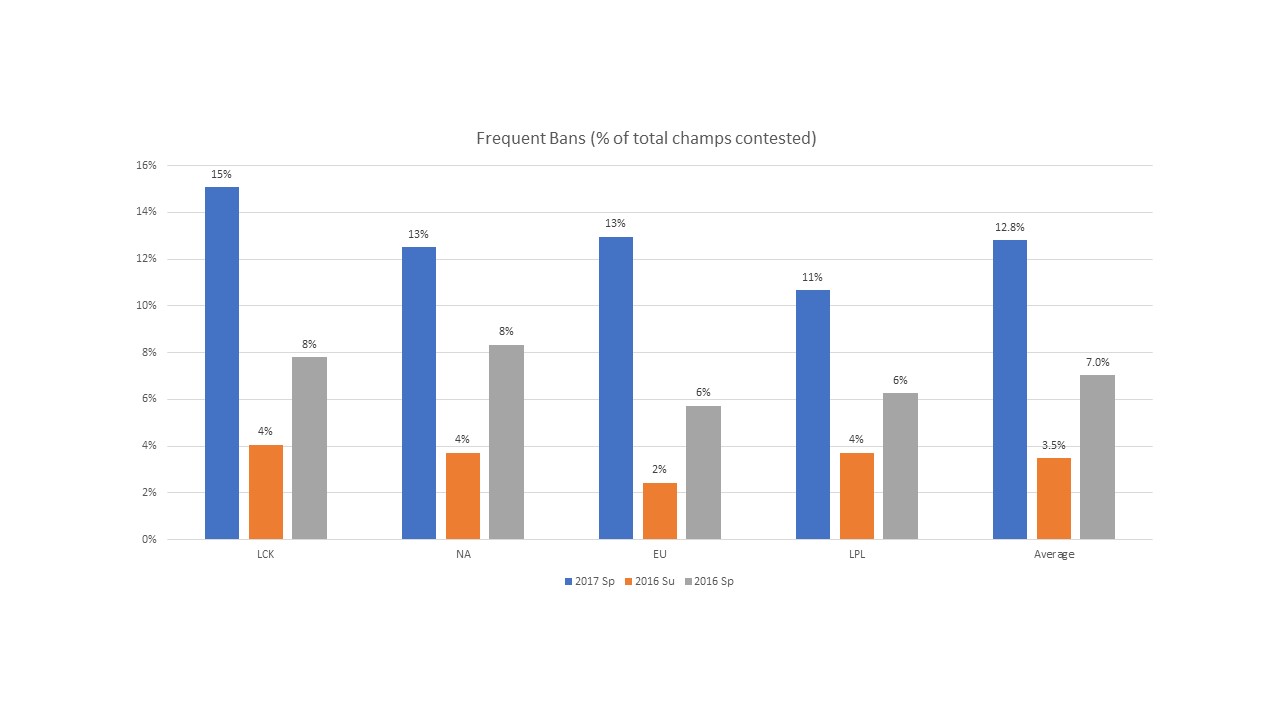
Teams banning the same champions indicates that certain champions are clearly overpowered and are unhealthy in competitive play. Certain champions, like Camille, have required round after round of nerfs to fix their balance issues. And while the red-side perma-bans of Camille, Rengar, and LeBlanc have subsided somewhat, Varus and now Graves have taken their place on the commonly banned list. It’s telling that, in half a year of competitive play, five champions have been banned over 500 times, but only four champions received that treatment in all of 2016.
Not only have more champions received a lot of ban attention, more champions have also been frequent picks when let through. Led by North America, the trends in this category also tell a story of OP champions.
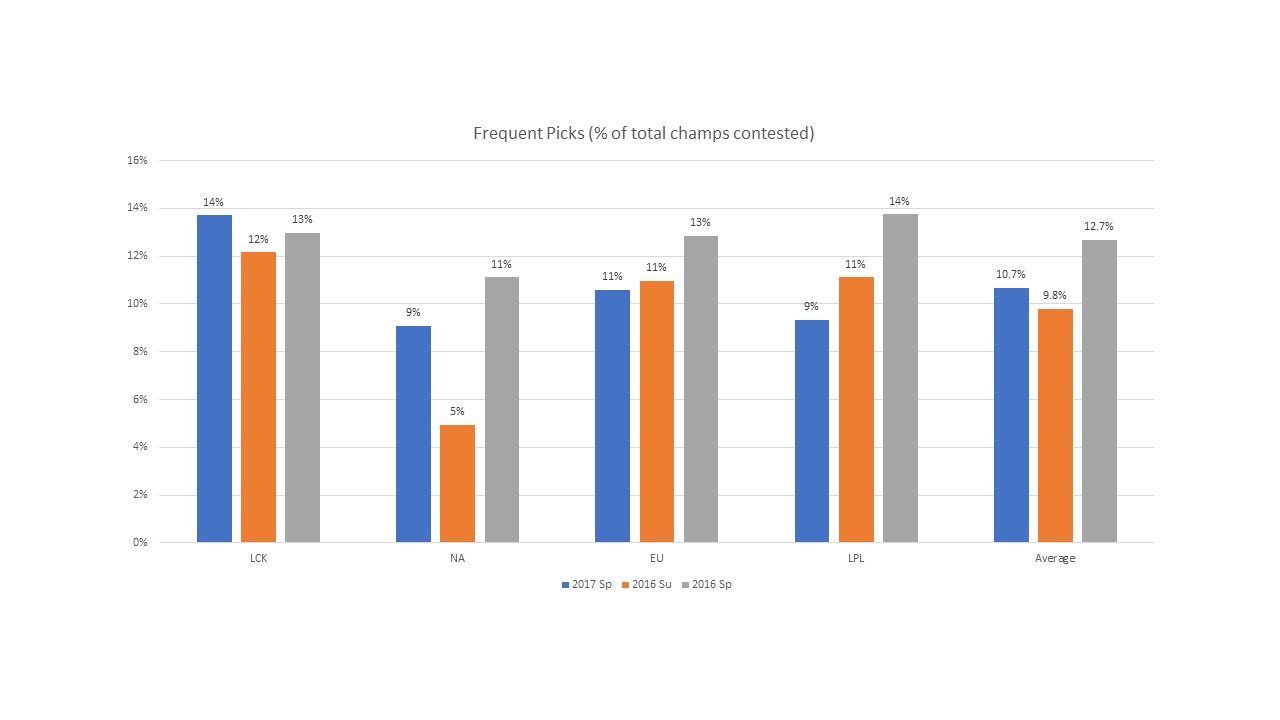
We defined frequent picks as champions picked in over 33 percent of games. The problem is especially prevalent at ADC, where Varus, Jhin, and Ashe were the only viable picks for a large part of the split. Things started changing on patch 7.4, when Ezreal made an appearance, and in 7.5, when Caitlyn showed up. But the ADC meta continues to show that the relationship between lethality and critical damage hasn’t been fully resolved. Heck, even Ashe is building Blade of the Ruined King as her first item, lest she fall behind and never catch up.
Finally, we looked again at pocket picks, champions selected in less than five percent of games. To little surprise, North America leads in this category (seriously, Mordekaiser bot lane?). To be fair, those pocket picks have worked: Zac is 4-0 in the region, all at the hands of William “Meteos” Hartman.
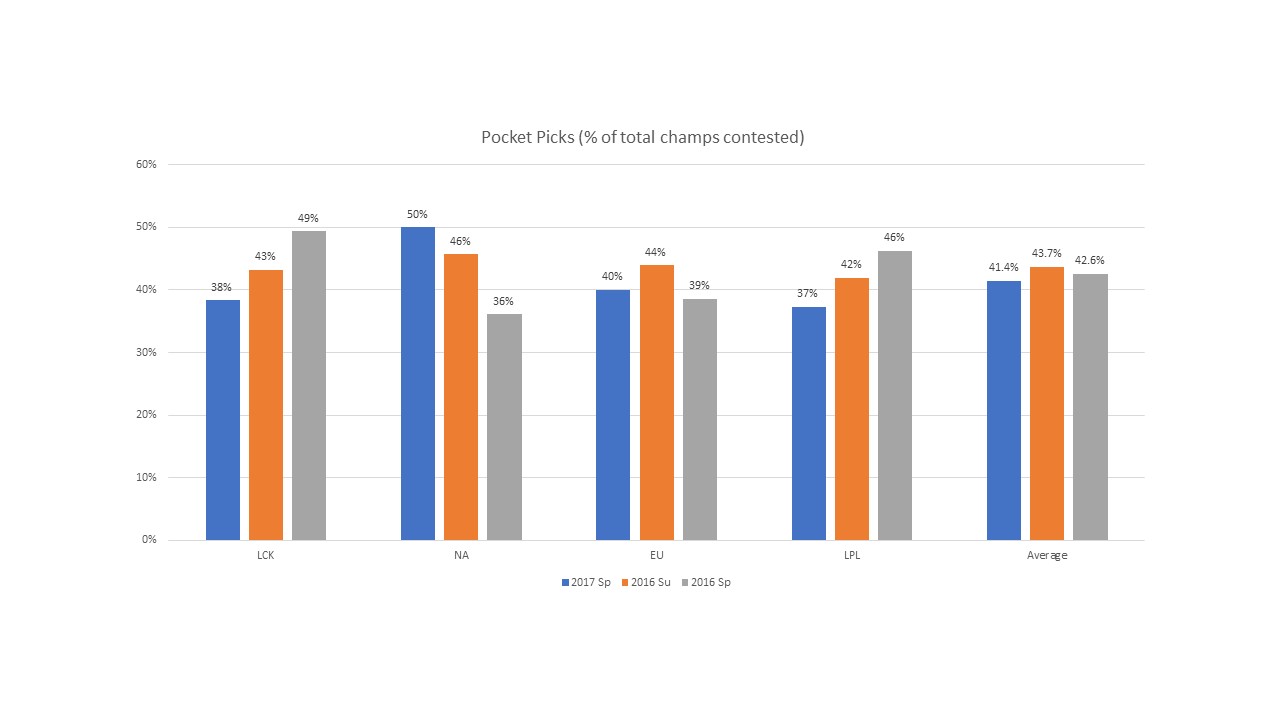
But there are fewer such picks in every other region, despite decent win rates for champions like Illaoi, Gnar, and Kassadin. In fact, for champions picked between 10 and 30 times in all regions, the weighted average win rate is 52 percent. But for the majority of players, it doesn’t seem like their champion pools are deep enough to use these slightly off-meta but still-usable champions.
Finally, we were shocked when we last noticed blue side’s win rate of over 60 percent after week two. After a few patches, that win rate has come down somewhat, but as of today, blue side has still won 58 percent of games. Of course, it’s just 52 percent on the most recent patch, as more teams have figured out how to counterpick on red side. There’s still improvement to be made.
Overall, it’s been a strange meta that has favored some players over others. Strong junglers who can play assassins have thrived, while ADC’s used to carrying with auto attacks are struggling. Some teams are trying to explore their players’ strengths, but most are trying to force players on the same overpowered champions, hoping that the meta will be their equalizer. The results show that Riot has a lot of work to do to make the competitive meta healthy for everyone.
Stats courtesy of EsportsWikis and Oracle’s Elixir.



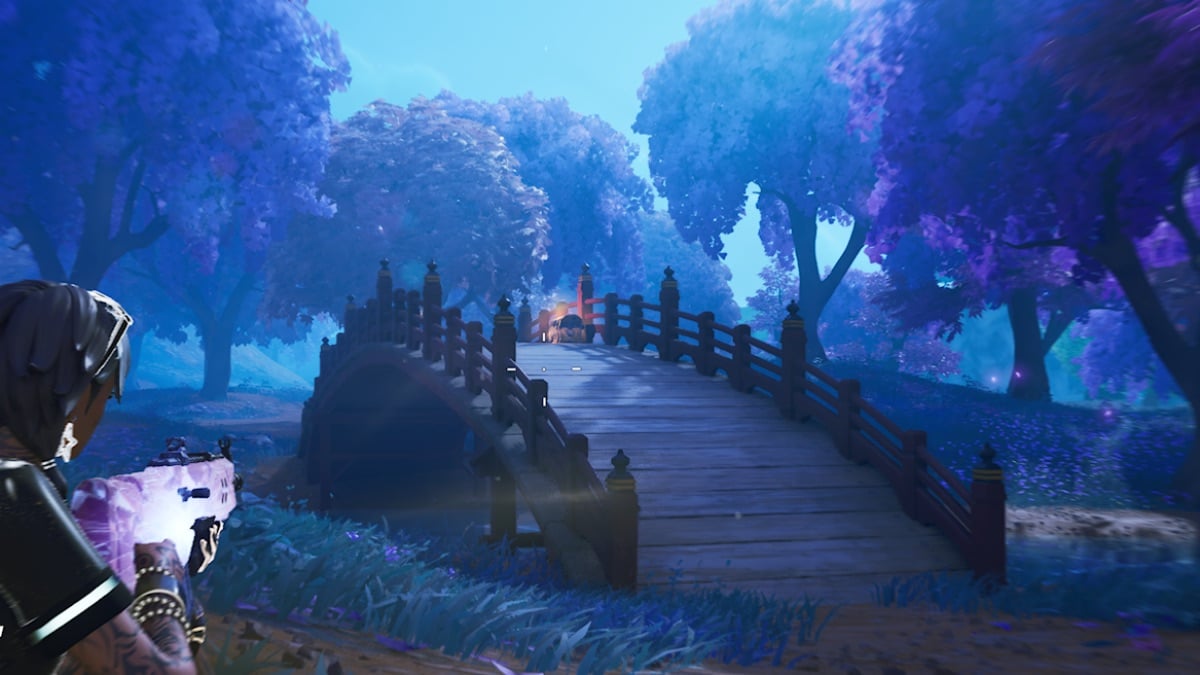
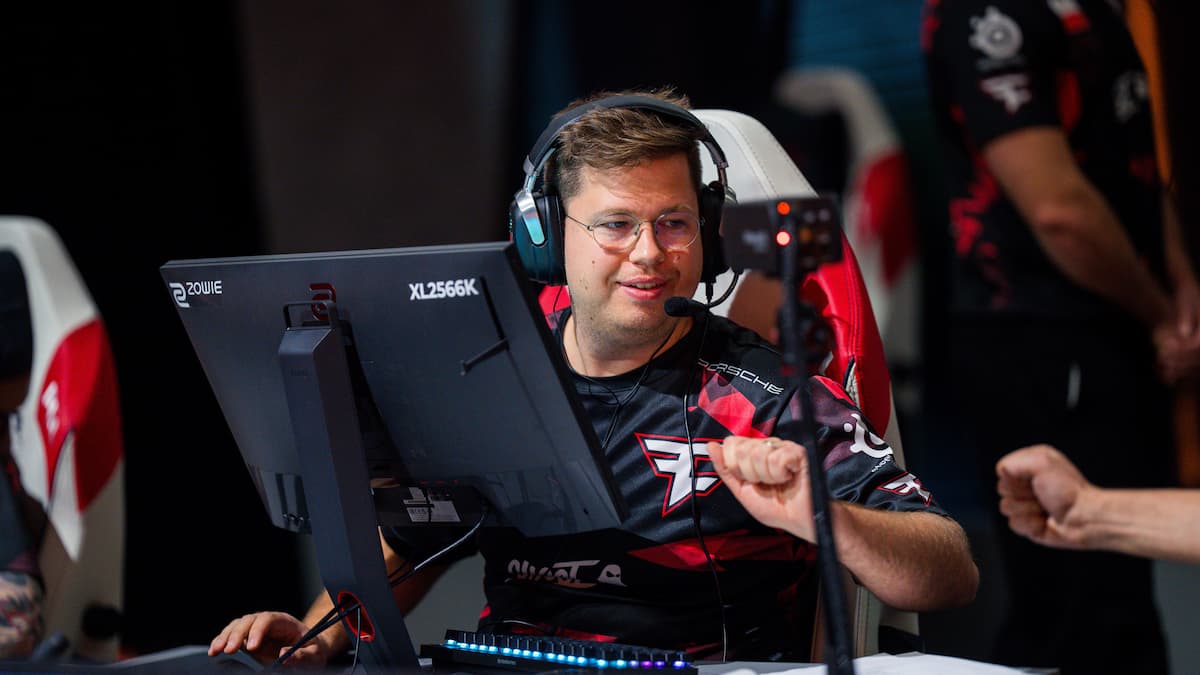

Published: Mar 29, 2017 02:29 pm